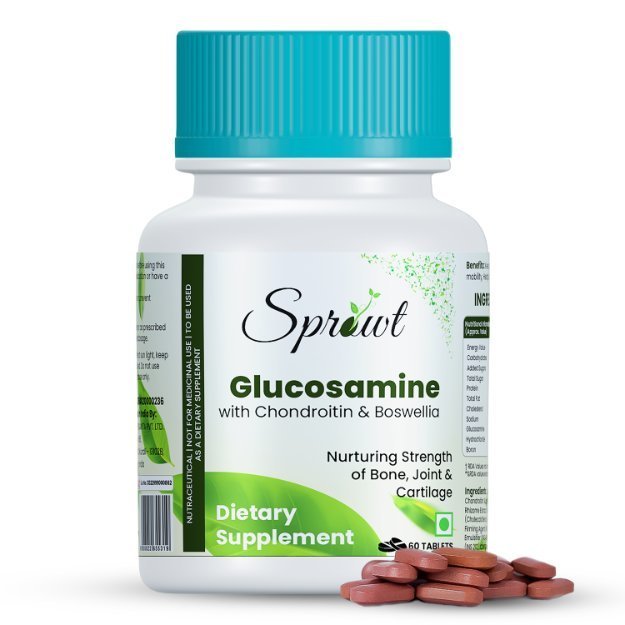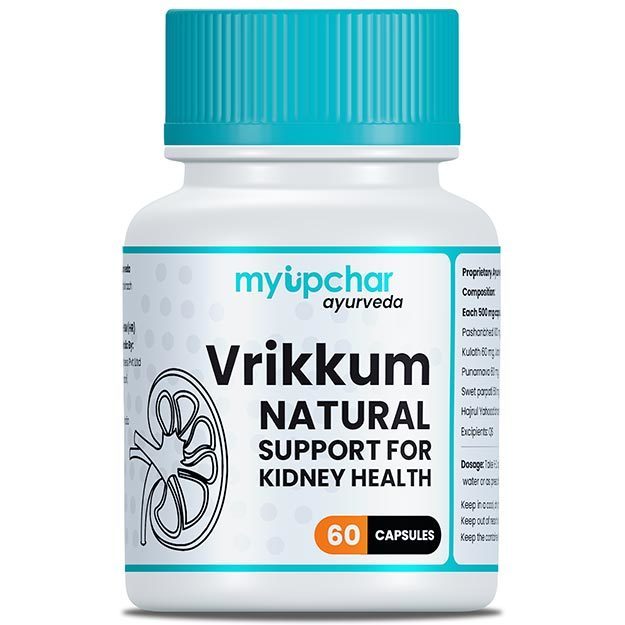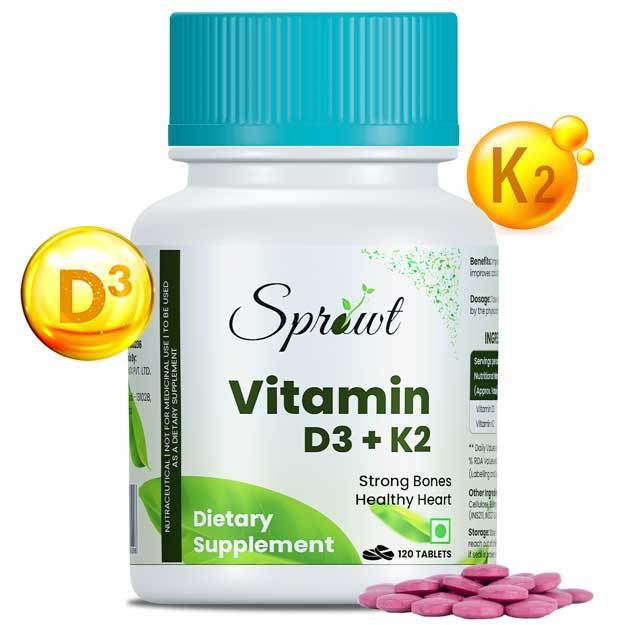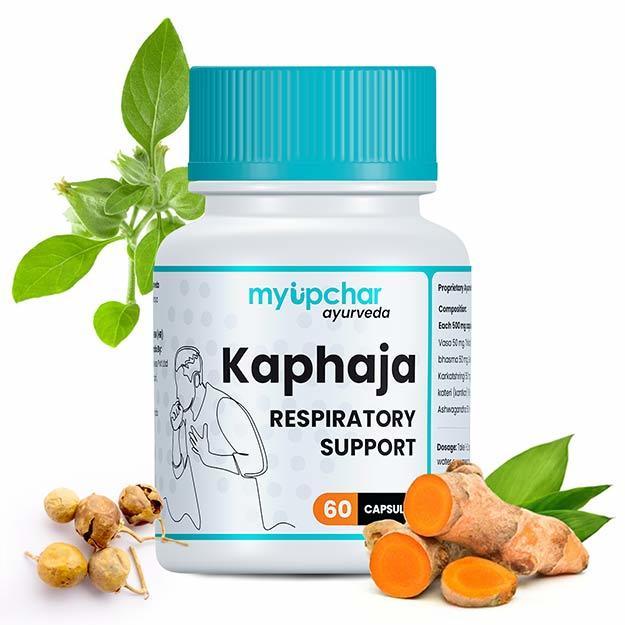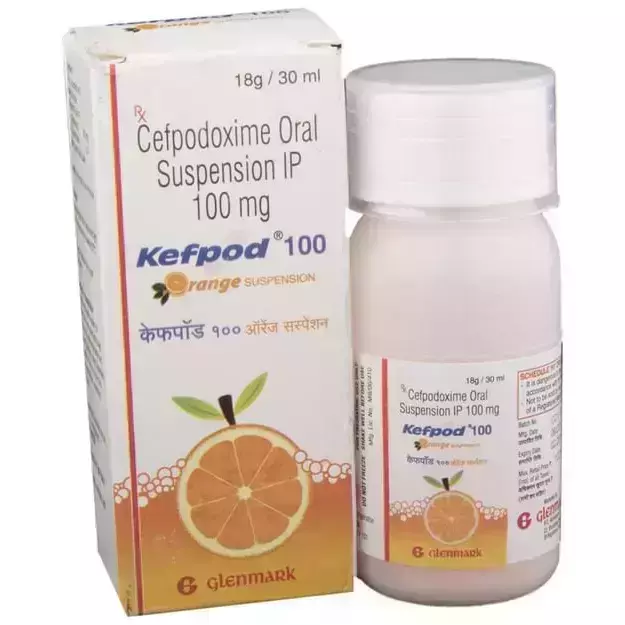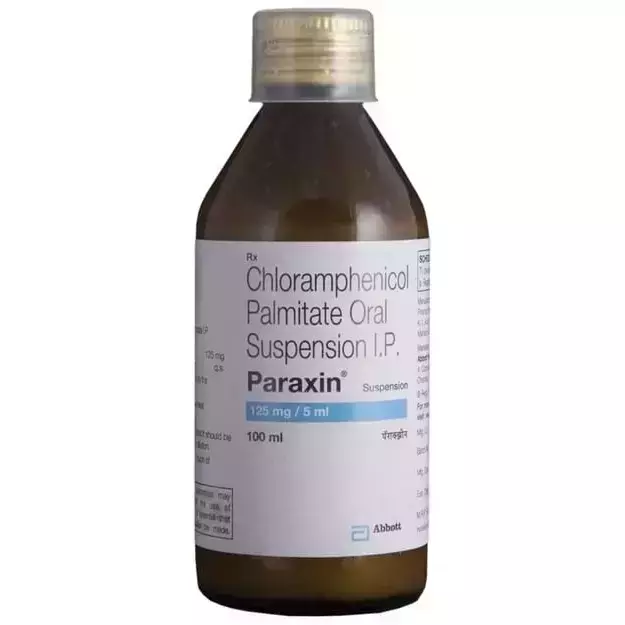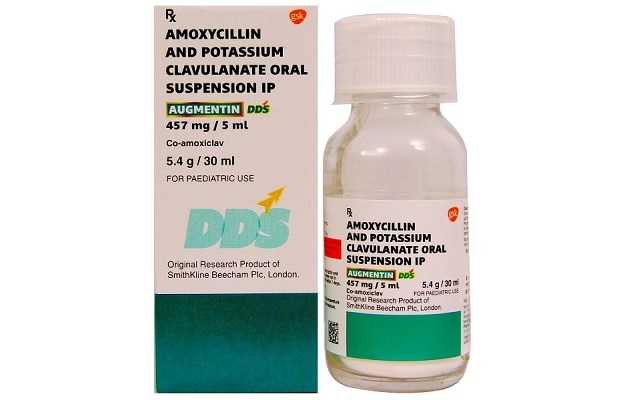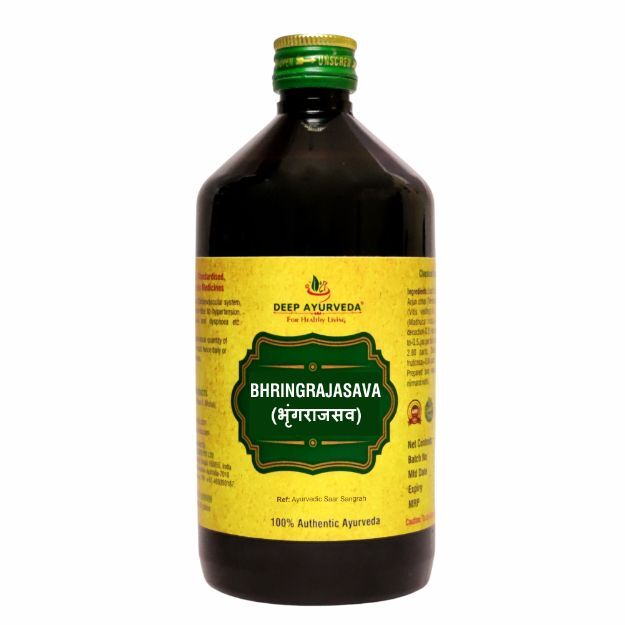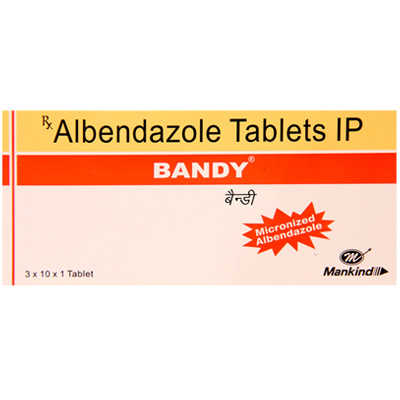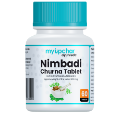Walamycin DS Suspension is a prescription drug, available for use as Suspension. Primarily, it is used for the treatment of Bacterial Infections. Walamycin DS Suspension also has some secondary and off-label uses. These are listed below.
The optimal dosage of Walamycin DS Suspension is largely dependent on the individual's body weight, medical history, gender and age. The condition it has been prescribed for, and the route of administration also determine the right dosage. This information has been provided in detail in the dosage section.
While these are the most often observed Walamycin DS Suspension side effects, there are can be others also. These have been listed below. Usually, these side effects of Walamycin DS Suspension go away soon, and do not persist beyond the duration of the treatment. Consult your doctor if these side effects become worse or stay for a longer duration.
Walamycin DS Suspension's effect during pregnancy is Unknown and Unknown while nursing. In addition, Walamycin DS Suspension's effects on the liver, heart and kidney are discussed below in the Walamycin DS Suspension related warnings section.
Walamycin DS Suspension is not recommended if you suffer from certain medical conditions as it can have adverse effects. Kidney Disease are examples of such conditions. Other conditions have been mentioned below in the Walamycin DS Suspension contraindications section.
Besides this, Walamycin DS Suspension may also have severe interaction with some medicines. See below for a complete list.
In addition to the above precautions for Walamycin DS Suspension, it is important to know that it is safe while driving, and is habit-forming.
X









